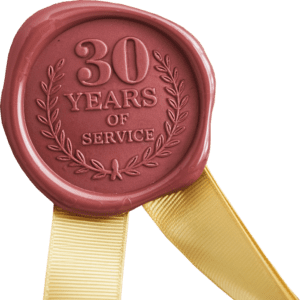Is Your CRM Actually Hurting Your Marketing?
Most marketers see a CRM as a must-have — a reliable system for organizing contacts, tracking leads, and aligning with sales. But here’s a question few stop to ask:
What if your CRM is actually hurting your marketing efforts?
It sounds counterintuitive. After all, the CRM is supposed to be the cornerstone of a modern marketing strategy. But in practice, a poorly implemented or siloed CRM can quietly erode performance, derail campaigns, and waste budget — all without setting off obvious alarms.
Let’s break down how that happens — and what you can do about it.
1. When the Tool Becomes the Problem
A CRM is only as useful as the data it holds and the systems it connects to. Yet many businesses still treat it as a standalone sales database. The result? Marketing ends up working with:
- Outdated or incomplete contact records
- Duplicate or miscategorized leads
- Unclear customer journey data
- Static segments that don’t reflect real-world behavior
This leads to poorly targeted campaigns, misfired automations, and a growing disconnect between what marketing thinks is happening and what’s actually going on.
2. Symptoms of a Problematic CRM Setup
Here are a few signs your CRM might be doing more harm than good:
- Your emails miss the mark. They’re either too generic, too early, or too late — all because segmentation is based on incomplete or outdated data.
- Sales and marketing disagree on lead quality. You send “qualified” leads that sales can’t close, or worse — never sees.
- Automation errors keep creeping in. Leads get the wrong messages, experience awkward repetition, or fall out of nurture flows entirely.
- Your reports don’t tell a clear story. You can’t confidently tie revenue back to campaigns, or even see how far leads get in the funnel.
All of this slows down performance and creates friction not just between systems, but between teams.
3. Root Causes: Where CRMs Go Wrong
So what’s behind the dysfunction? A few common culprits:
- Siloed systems. Your marketing automation platform isn’t fully synced with your CRM, or integration is one-way only.
- Sales-centric configuration. The CRM was set up to support sales workflows, not to serve marketing strategy — so you’re missing fields, triggers, or data granularity.
- Poor data hygiene. No process for deduplication, enrichment, or validation means marketing works with noisy or misleading information.
- Lack of governance. There’s no shared definition for a “lead,” “MQL,” or “opportunity,” so teams operate in parallel rather than in sync.
4. How to Turn It Around
You don’t need to throw out your CRM — you need to treat it like a shared strategic system. Here’s how:
Audit the Setup
Look at how your CRM is currently structured. Are the right fields in place for segmentation? Are lifecycle stages clear and aligned across teams?
Integrate Deeply
Connect your marketing automation platform to your CRM with bi-directional sync. Real-time data movement is critical for personalization and timing.
Clean the Data
Set regular cadences for deduplication, validation, and enrichment. The more trustworthy the data, the better your campaigns perform.
Build Shared Definitions
Align with sales on lifecycle stages, lead statuses, and what “qualified” means — and document it. This creates a common language for action and reporting.
Make CRM Work for Marketing, Too
Customize views, dashboards, and workflows that support marketing goals — not just sales pipeline tracking.
5. The Payoff
When your CRM and marketing automation are truly integrated and clean, you unlock:
- Smarter segmentation and targeting
- More relevant and timely automations
- Accurate, real-time reporting across the funnel
- Better alignment with sales and customer success
- A system that scales with your business, not against it
Final Thoughts
A CRM isn’t inherently good or bad — it’s just a tool. But when it’s treated as a sales-only system, or left disconnected from marketing processes, it quietly undermines the very strategies it’s meant to support.
If you suspect your CRM might be working against you, don’t panic — audit, integrate, align, and build it into the marketing brain it was meant to be.
Need a hand with getting your business marketing friendly? Our Melbourne-based team specialises in helping mid-sized Australian enterprises prepare for CRM success.
Contact us today to find out how we can support your business in achieving clean, actionable data.


